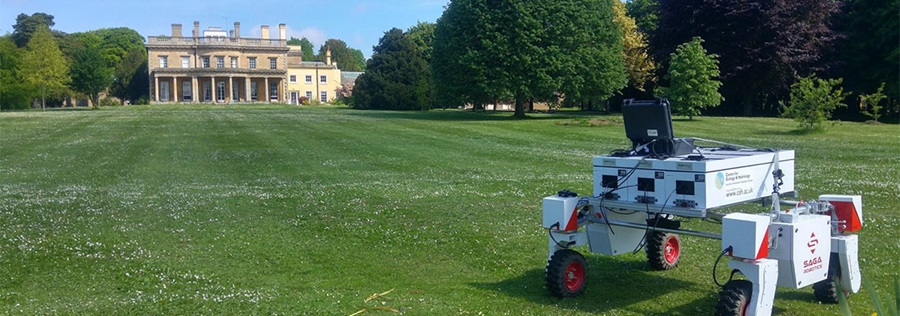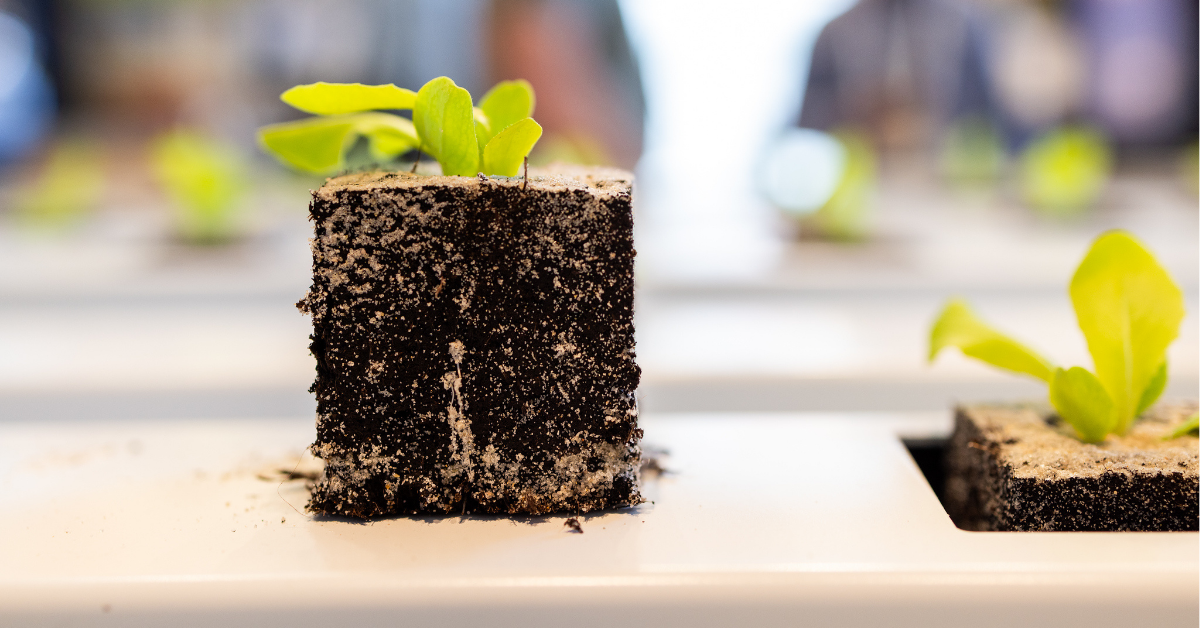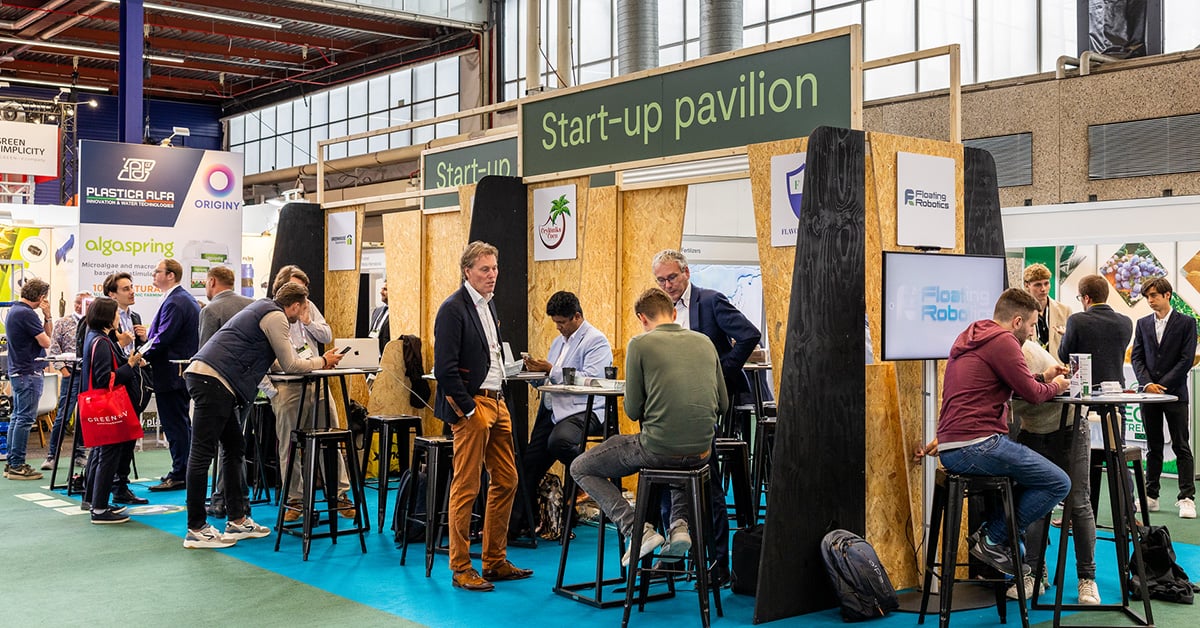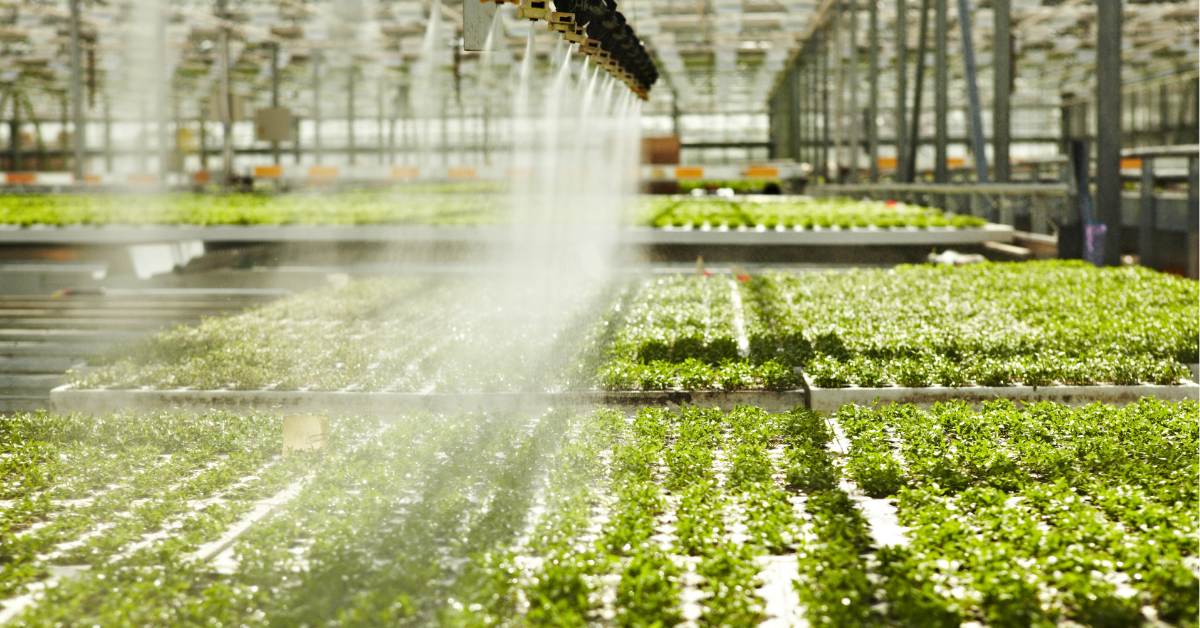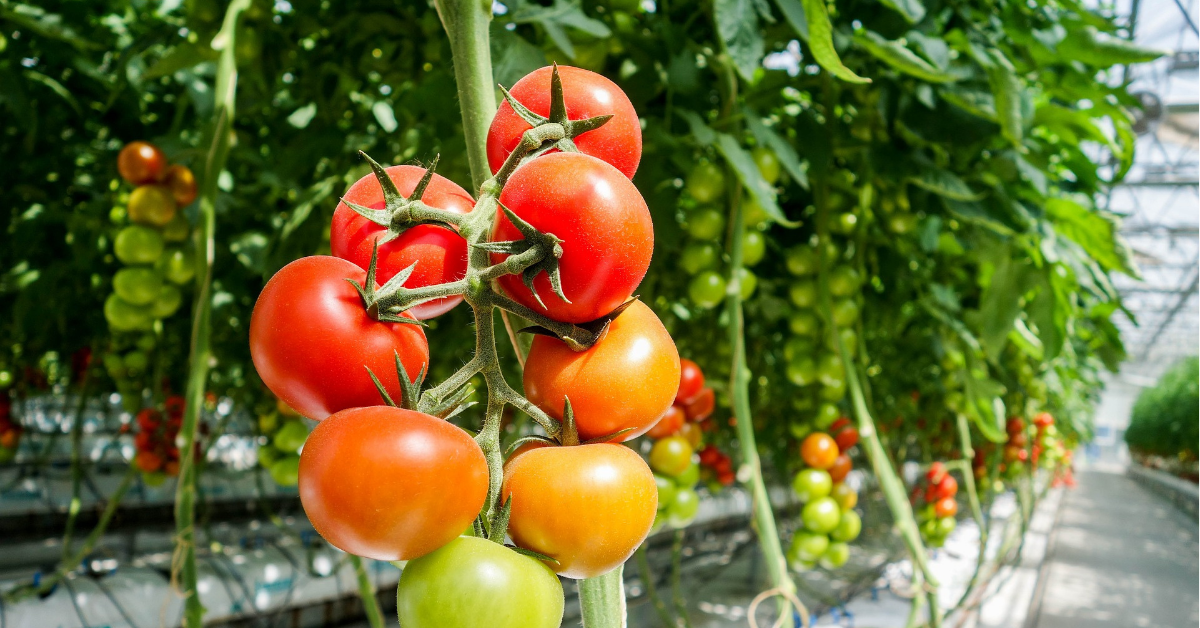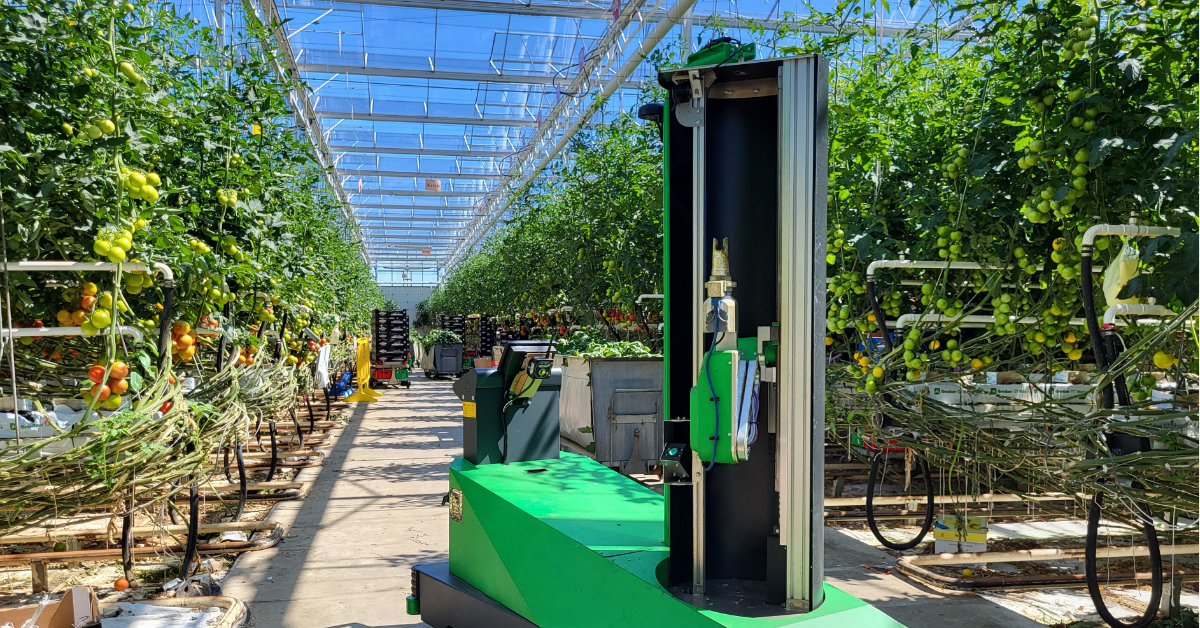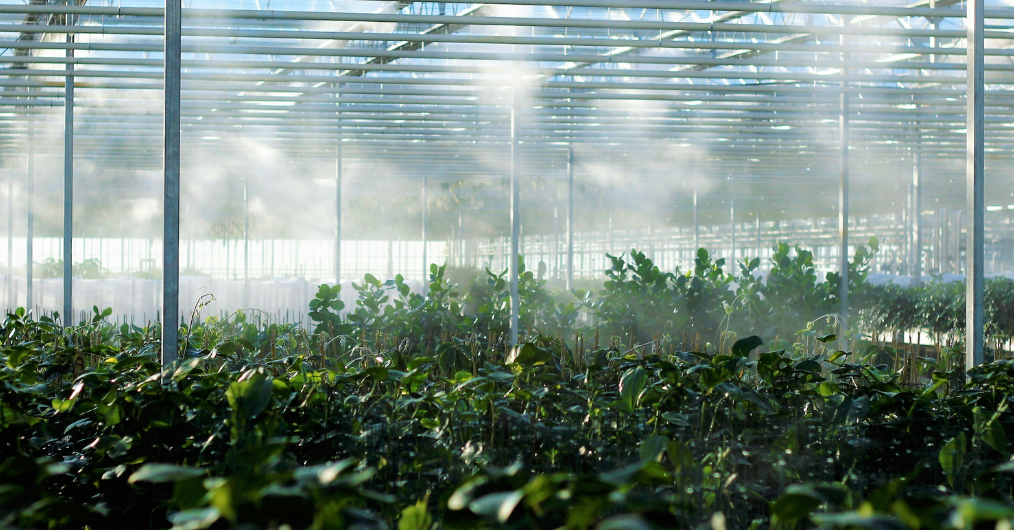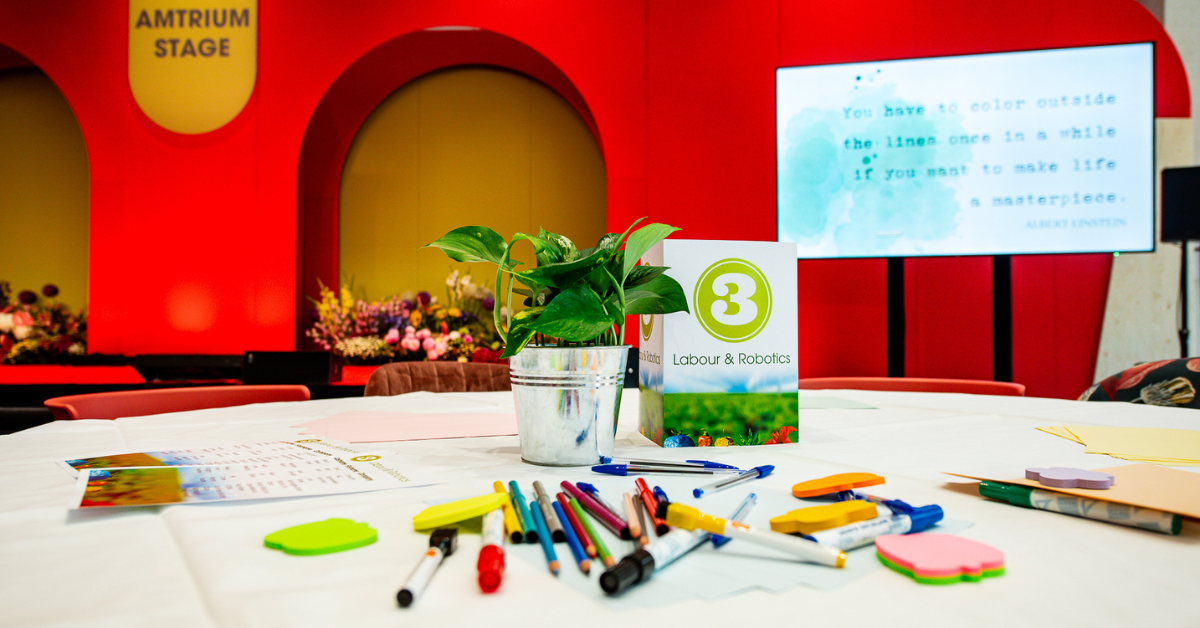Who holds the key to the horticultural robotics revolution?
People power
“We choose to go to the moon, and do other things, not because they are easy but because they are hard.” This famous quote from former US president John F Kennedy was reiterated by the University of Lincoln’s Professor Simon Pearson at SmartHort 2019. He explained that, whilst scientists across the world are busily tackling horticulture’s global labour shortage, robotics are not quite ready to solve the industry’s challenges. Pearson explained: “There’s a five-year time horizon from invention to application to adoption in industry.” He added that, to help the international horticulture community meet its technological requirements, people need to get together and launch ambitious, co-ordinated, large-scale, “moon shot approaches.” “This space really needs the industry to come together and tell us what the big challenges are. Then we need to aggregate – pulling those challenges together into a few targeted areas where we can really move the dial. Because if you can do autonomy in one area you can do it for a range of other applications.” Pearson added that future technologies will rely on “embedded intelligence,” which means that people must “get together as a community and write some very big data sets so that we can start developing applications.”
Big endeavours
Conference delegates were given a snapshot of some of the robots that are being developed for horticulture crops. For example, the University of Lincoln-based RASBerry (Robotics and Automation Systems for Berry Production) project is creating the world’s first robotic fruit farm. Prof Pearson said: “You have to do that using a whole range of different robots operating as a fleet – and that’s quite complicated. We have 13 PhDs and post-doctorate engineers just doing that one task – it’s a very big endeavour.”
Interestingly, many of the new robots are based on the human body. Dr Matthew Howard, who leads the robot learning laboratory at Kings College London, explained: “We are interested in how people co-ordinate their muscles. And then we transfer our understanding onto robotics systems so that robots themselves can improve and take advantage of the millions of years of evolution that people have had to become really good at the things they do.” The audience also learned how King’s GROWBOT (Grower-Reprogrammable Robot for Ornamental Plant Production Tasks) PhD studentship has seen scientist Aran Sena work with several UK nurseries, including Kernock Park Plants and Double H Nurseries, to show growers how to teach the robots some of their many daily tasks.
Another machine based on the human muscle tendon system is the University of Plymouth's Soft and Adaptive Robotics (SAR) lab’s variable stiffness robot arm. This year, lab leader Dr Martin Stoelen and his team took part in the China Robot Harvest Project – demonstrating their robot arm’s ability to grasp a tomato and get it off the plant. Currently, the robot has a 20-second cycle time but, said Stoelen, “we double our speed every two years.”
Having observed how humans “generally use two hands” when they pick fruits, Dr Vishuu Mohan’s strawberry picking robot is bimanual. He is from the University of Essex’ School of Computer Science and Electronic Engineering and is developing his robot for the famous jam maker, Tiptree. Dr Mohan hopes to trial it on farm this summer and, to further perfect his creation, he is collaborating with the university’s psychology department to observe humans’ eye tracking and motion-capture abilities.
Clearly, many of these technologies are still in their infancy. But, by working with each other and with these robots, the horticulture industry can arguably help blast the robotics revolution in the right direction.
Photography: University of Lincoln
Share your horticulture technology stories with us
Do you have an innovation, research results or an other interesting topic you would like to share with the international horticulture technology industry? The GreenTech website and social media channels are a great platform to showcase your stories!
Please contact our Brand Marketing Manager Murkje Koopmans.
Are you an GreenTech exhibitor?
Make sure you add your latest press releases to your Company Profile in the Exhibitor Portal for free exposure.
Have exclusive horticulture technology news delivered to your inbox
The GreenTech monthly newsletter brings you the latest exclusive horticulture technology news and updates about our global horticulture technology trade shows and events.
Join over 32,000 of your peers and receive:
☑ Exclusive commentary from industry leaders
☑ The latest news from the GreenTech team
☑ Stay up to date with all the latest news about our events
